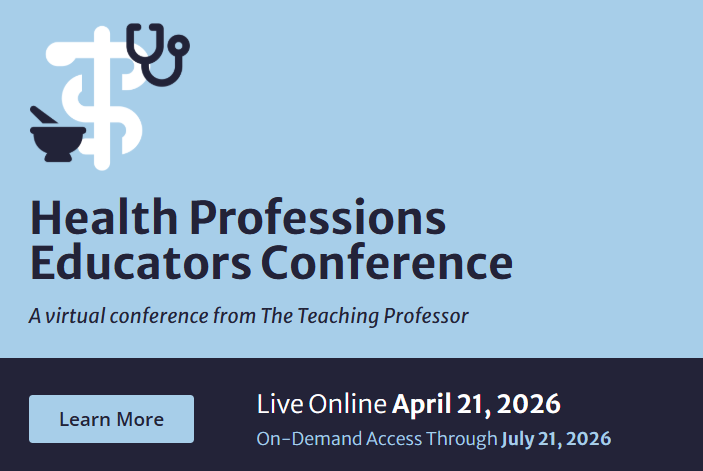
Contemporary Classroom Advice from a Transgender Student
In August, Ashton Black and I began a new school year at Piedmont College, he for the first time, and I for the Nth time. I have been teaching since I was 21, and now, as the French say, I am a woman of a certain age. This is only important because there’s no male equivalent in discussions of being middle aged. Identity is so firmly rooted in gender stereotypes that we can hardly free ourselves from invisible habits. That was until Generation Z made those of us simply going through the motions look up from our college-ruled notebooks and take note.












